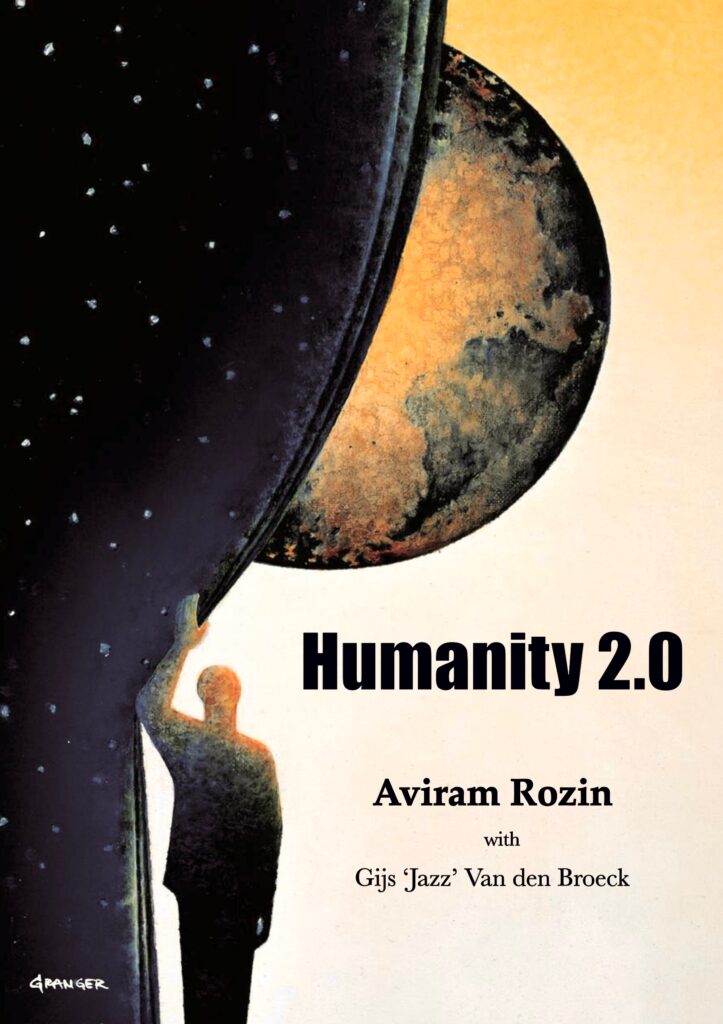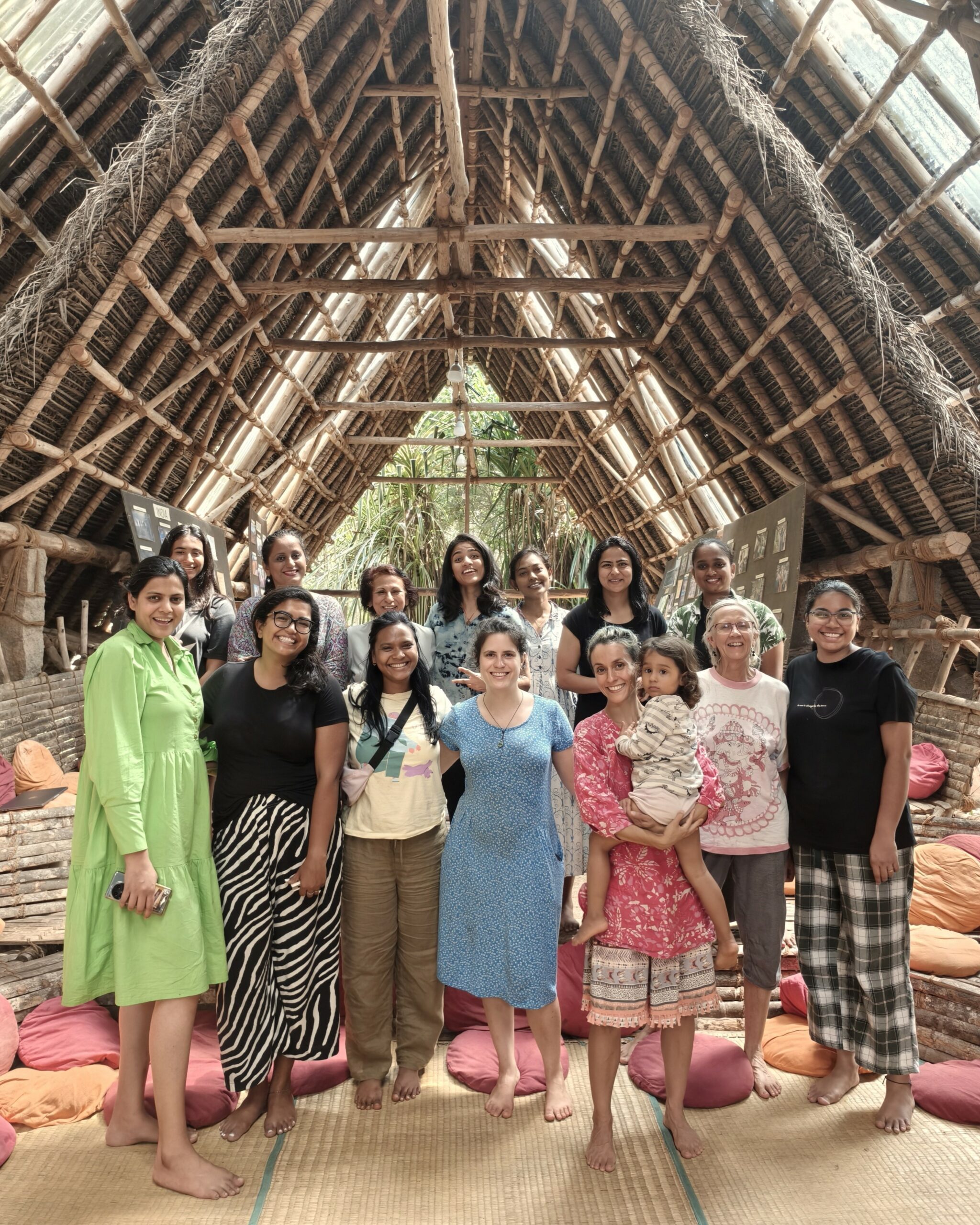THE COMMUNITY ENERGY TRANSPORTATION RECYCLING COMPOST TOILETS DOMESTIC WATER USE
Water Pump
[justified_image_grid ids=6018 caption=off aspect_ratio=16:9]
In the kitchen we have a 18 meter (60 ft.) deep hand-drilled bore well. A traditional hand pump is installed to extract water.
Our submersible solar pump is run by our solar panel array. It has been in the well since 2004 and it is still working really well.
Produce
[justified_image_grid ids=6130 caption=off aspect_ratio=16:9]
We try to eat as much locally sourced, organic food as possible. Most of our produce is sourced locally within Auroville, while some of our produce comes from an independent organic farm in Ooty, Tamil Nadu. A small percentage of our produce is grown on property. While the primary focus of the project is on reforestation, in the future we hope to grown more of our own food.
Some of the food that we grow are: papaya (Carica papaya), pumpkin, jackfruit (Artocarpus heterophyllus), Carambola or starfruit (Averrhoa carambola), passionfruit (Passiflora foetida), chicken spinach and more.
How We Cook
[justified_image_grid ids=6048 caption=off aspect_ratio=16:9]
We are a vegan community. Eating vegan food is a very effective way to protect natural resources. A vegan diet uses five times less land to produce food than an omnivore diet and 2.5 times less land than a vegetarian diet. Seventy percent of all agricultural land is used for feeding farmed animals. On average, a vegan diet indirectly reduces water used for food production by nearly 2271 liters (600 gallons)* per day than an omnivore diet. If our aspiration is to protect natural resources, adjusting our diet seems to us like a logical and very effective first step. This means that we exclude all animal-based products from our meals. This includes items such as: meat, fish, dairy products (such as milk, butter, ghee, yogurt or curd), eggs, or honey. We also try to eat food that is minimally processed. This excludes items such as white flour (maida), packaged juice, fried foods, refined sugars, preservatives, etc. We do however eat plenty of fresh, organic, nutritionally whole, and tasty foods. We cook with a variety of organic and seasonal fruits, vegetables, legumes (dhal), and grains. For example, instead of using packaged soy milk, we choose to make milk from locally sourced and organic coconuts. We can’t think of almost anything better than herbal chai made with fresh coconut milk!
* http://environment.nationalgeographic.com/environment/freshwater/water-conservation-tips/
https://www.your-rv-lifestyle.com/save-water-rv/
Cleaning (ash vinegar etc.),
[justified_image_grid ids=6052 caption=off aspect_ratio=16:9]
We use an innovative method for washing our dishes. Instead of sponges and dish towels, we us coconut fibers (sourced from the coconuts we used to make that amazing coconut milk) as scrubs. Instead of being sent to a landfill when finished, our scrubs are composted. This is a very ecologically-sound way of utilizing all of our resources.
We utilize wood ash, which is collected after cooking our meals on wood-burning rocket stoves, as dish detergent. Ash, high in alkali, is a powerful and natural surfactant. Some of the earliest soaps in human history were made from ash and fat/oil. Using ash is another way of us extending the life cycle of and utilizing our natural resources as efficiently as possible.
As a natural and biodegradable disinfectant we use vinegar. Vinegar contains antimicrobial properties (from the acetic acid in vinegar). Unlike commercially produced disinfectants, the production of vinegar is less detrimental to the environment. Because vinegar is biodegradable we don’t have to worry about contaminating our waste water supply, which we use to irrigate our kitchen gardens.
Bicycle Blender
[justified_image_grid ids=6057 caption=off aspect_ratio=16:9]
We have transformed an electric blender into a human-powered one! Converting an unused bicycle into a stationary bicycle blender, is a fun, easy, and quieter way to blend foods than traditional blenders. Our bicycle blender allows us to get some exercise and use less energy, while making great-tasting smoothies, soups, and chutneys no matter if there is sun or shade!
Stoves/Oven
[justified_image_grid ids=5998 caption=off aspect_ratio=16:9]
At Sadhana Forest India we cook on rocket stoves. Rocket stoves are a very fuel efficient way of cooking. They use 60-80% less fuel than traditional stoves, saving many trees from being felled. Less fuel equals less deforestation. This highly efficient way of cooking also greatly reduces the amount of CO2 and black carbon emitted into the atmosphere. All our firewood is ecologically harvested from non-indigenous invasive species, such as Acacia holosericea and Acacia auriculiformis.
We also cook with a cobb oven. Cobb, similar to adobe, is made from a mixture of clay, sand, straw, water, and earth. Cobb has been used as building material since prehistoric times. To use a cobb oven, one lights a fire inside the oven; once the fire heats up the walls of the oven (which takes a few hours), the fire is removed. The cobb walls remain warm for hours even after the heat source, the fire, is removed. After the removal of the fire, the food, such as a vegan cake, is placed in the cobb oven and sealed shut inside. The vegan cake is then cooked by the radiant heat from the inside walls of the oven. This method of cooking is called heat radiation (grilling, broiling, and toasters work by the same method). Cobb ovens are great to use because they can be built with local, natural materials, and the temperature remains even throughout (no hot or cold spots) the baking process.
THE COMMUNITY GARDEN ENERGY TRANSPORTATION RECYCLING COMPOST TOILETS DOMESTIC WATER USE



